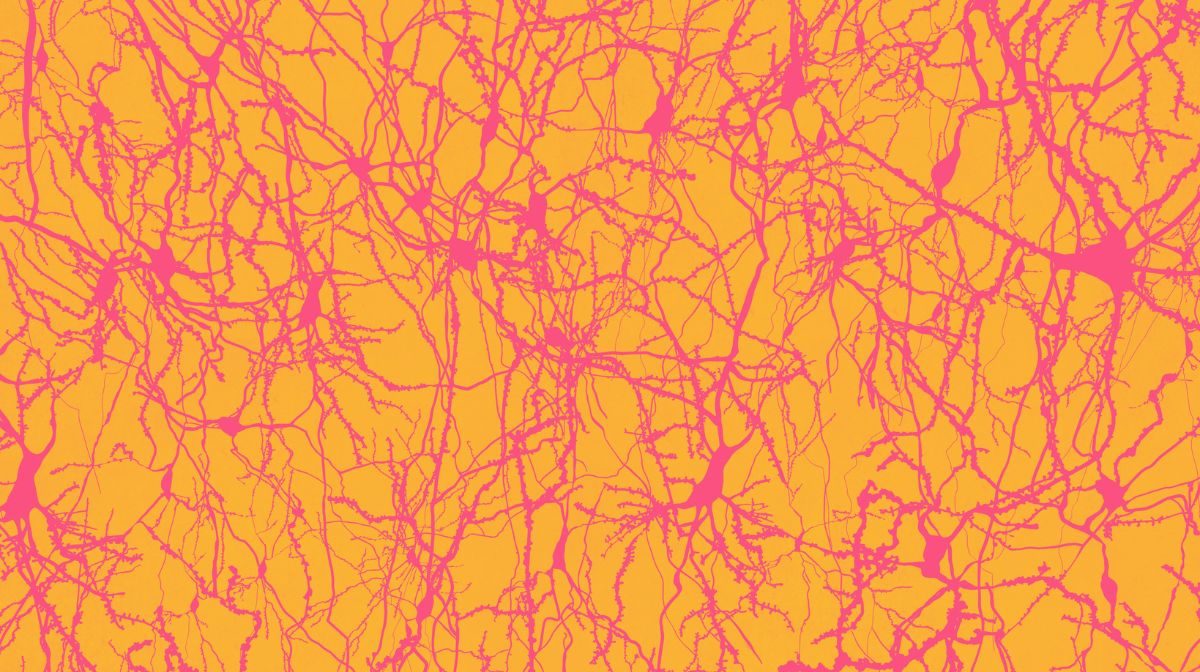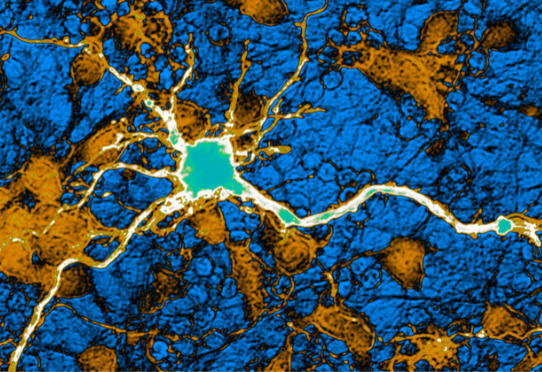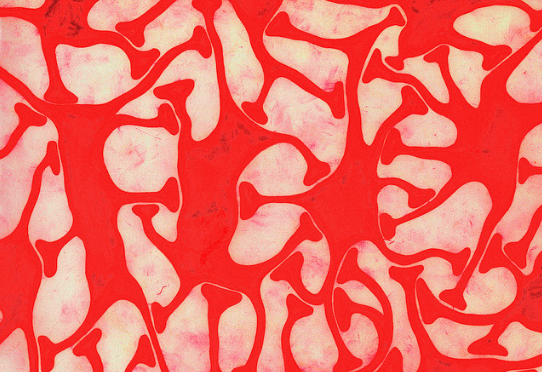
In Grenoble, researchers Insert have just shown that the regeneration of the elongation of neurons in the central nervesystem depends on the chemical modification of a molecule involved in protein synthesis.
An article in Inserm Magazine No. 57
How can central nervous system neurons be regenerated after traumatic spinal cord injury? This is the whole purpose of the work carried out on mice by the team of Stéphane Belin at the Institute of Neurosciences of Grenoble, specialist in the central nervous system, which contains the brain, the cerebellum, etc Brainstem and the spinal cord. “ The spinal cord is the transit point of Axons, these extensions of neurons that leave the brain to transmit information to the limbs or organs, explains the Inserm researcher. When damaged, these processes are cut off and can no longer send information to their targets – a loss of transmission that also occurs in neurodegenerative diseases such as Alzheimer’s disease or glaucoma. Our ultimate goal is to restore this circuit when it is damaged, regardless of the cause. »
Without Phosphorylationno regeneration
One of the existing strategies is to “regrow” damaged neurons, which requires a good understanding of the molecules involved in this process and their interactions. During a study led by Charlotte Decourt, a doctoral student on the team, Grenoble researchers highlighted the essential role of a ribosomal protein, RPS6. They showed that its phosphorylation – that is, its chemical modification by adding a phosphate group – is essential for neurons to regenerate their axons. “ Until then we thought that Ribosomes were “neutral” structures that simply synthesized the proteins of our cells through the translation of messenger RNAs. We viewed RPS6 phosphorylation as a simple “marker” of regeneration: when we observed it, we knew that regeneration was occurring, but we did not ascribe it an active role in the process. However, our results show that RPS6 must be phosphorylated for regeneration to occur – and without phosphorylation there is no regeneration. », enthuses Stéphane Belin. Another innovative result: In the dorsal root ganglia, structures that contain the cell bodies of peripheral neurons and run along the spinal cord, this phosphorylation is controlled by an enzyme that kinase RSK2 – while a different process occurs in other parts of the body. “ The mechanisms that lead to this key modification of RPS6 are very “domain dependent”: so what works at the level of certain neurons does not necessarily work everywhere », Analyzes the scientist.
Based on these results, could phosphorylated ribosomal protein S6 (p-RPS6) be used as a drug to regenerate damaged neurons after spinal cord trauma? “ No, warns Stéphane Belin. Using this molecule could pose more risks than benefits. We still need to investigate how p-RPS6 acts in the cell and on the translation of various messenger RNAs. However, this work is a first step towards identifying all molecules that successively intervene in neuronal regeneration. » The next step, already underway in the Grenoble laboratory, is to go back to the end of this chain, molecule by molecule, to identify the proteins that would be able to trigger regeneration directly and therefore excellent drug candidates would represent.
Stéphane Belin leads the team Translational regulation in normal and pathological conditionswithin the Grenoble Institute of Neurosciences (Unit 1216 Inserm/Université Grenoble-Alpes).
source : Decourt et al. The RSK2-RPS6 axis promotes axonal regeneration in the peripheral and central nervous systems. PLoS Biol., April 17, 2023; doi: 10.1371/journal.pbio.3002044
Author: AB
also read








